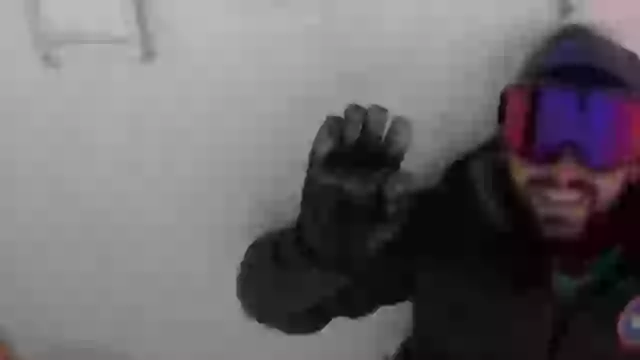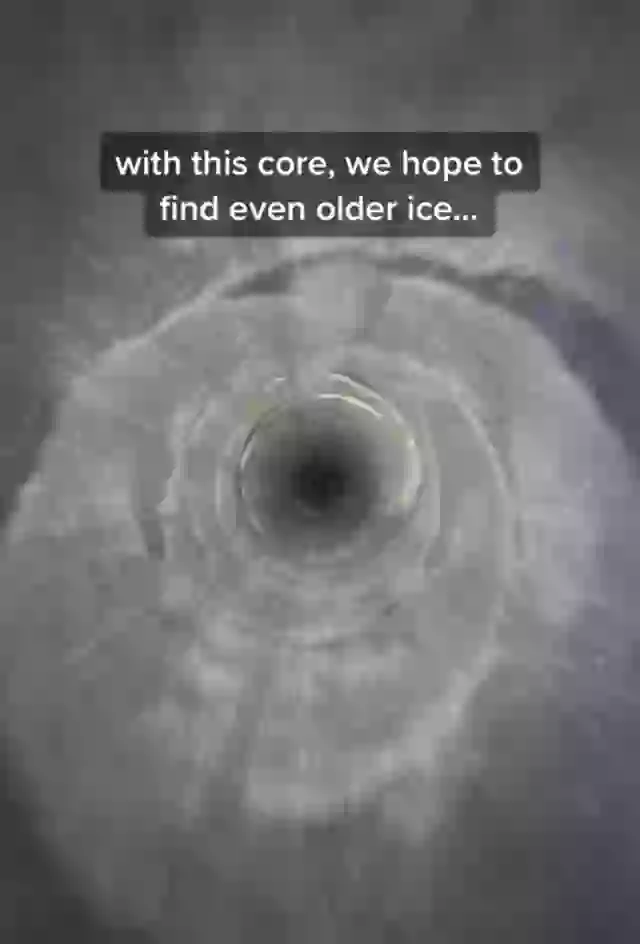Ever wondered what it would feel like to drop into the deep, dark heart of Antarctica? PhD student Austin Carter recently made down that very path by launching an action camera straight down a 305-foot (93 m) ice borehole at Allan Hills, East Antarctica. The result? An unforgettable and, yes, mind‑blowing glimpse through nature’s frozen time capsule.

Carter’s footage hit TikTok and quickly turned viral, amassing 21.9 million views and over 2.6 million likes. Like many viral science clips, it’s easy to dismiss it as entertainment—until you realize it’s a front‑row seat to unlocking Earth’s climatic memory. The camera plummets down the glimmering ice shaft, fast‑tracking through icy layers that look like a frozen kaleidoscopic tunnel; so surreal it feels almost extraterrestrial.
Allan Hills is not just any patch of ice. This “blue ice area” has yielded some of the oldest ice ever found—rocks and frozen air bubbles trapped for potentially millions of years. Carter and his colleagues from the Center for Old Ice Exploration (COLDEX) are on a mission: to find and study ice that predates 2.7 million years. Why? Because those ancient layers contain climate secrets locked in time, essential for understanding the Earth’s past and future climate makeup.
@austincarter642 travel to the bottom of the East Antarctic Ice Sheet #antarctica #ice #climatechange #sounds ♬ The Twilight Zone Main Theme – Geek Music
Watching the camera descent can be a dizzying experience. The visuals have elicited strong reactions; some viewers reported panic attacks or feelings of claustrophobia: “Honestly, this was scary,” confessed one TikToker. The eerie echo, the black‑and‑white ice walls spiraling into the unknown; it’s mesmerizing, nerve‑racking, and oddly hypnotic all at once.
It’s a fair question: why invest daunting hours and costs to drop a camera down a hole? For researchers like Carter and Edward Brook (the COLDEX director), the answer is science. Ice cores are Earth’s most reliable natural climate records. Air trapped in the glacial ice, layer by layer, captures snapshots of greenhouse gas levels, temperatures, and more, sometimes going back almost four million years. Drilling deeper takes us back further in time, helping map long-term climate trends, including natural highs and lows, an invaluable backdrop to today’s human-induced warming.

This isn’t Carter’s first rodeo. He spent 75 days living in Antarctica, alongside COLDEX teams, extracting and preserving ice cores in situ. These aren’t short-term operations; drilling can extend for weeks, often under brutal weather conditions. The camera drop was both a creative outreach and a practical surveying tool. Instead of only relying on radar or manual sampling, the camera provides visual confirmation of ice layering, fractures, or water, saving precious time and manpower.
Beyond the scientific community, the video sparked widespread fascination. One viewer joked: “2.7 million years old, aged very well. Can only imagine the price of a glass of 50‑yr-old scotch and 2.7 million‑yr-old ice.” Another shared a visceral reaction: “Why did I have a panic attack as soon as the camera went in?” It’s clear this isn’t just geeky science; it touches something primal: our fear and wonder of descending into the unknown.
Perhaps most tantalizing is what this ice may hide. Reddit discussions have even entertained the idea of liquid water and microbial life nourishing in subglacial lakes beyond sunlight, hinting at ecosystems that challenge our assumptions. Even if the borehole didn’t directly find organisms, it’s part of a bigger pursuit: charting life’s limits, and potentially expanding our understanding of Earth, and even extraterrestrial life.
At the end of the day, this isn’t just a viral stunner. It’s a call to action. The deeper we probe, the more information we glean, helping build climate models that project sea-level rise, shifting storm patterns, and long-range warming effects. For Carter and COLDEX, dropping that camera was a bold, creative method to share real research, inspire public curiosity, and turn a mysterious ice canyon into a global classroom.
